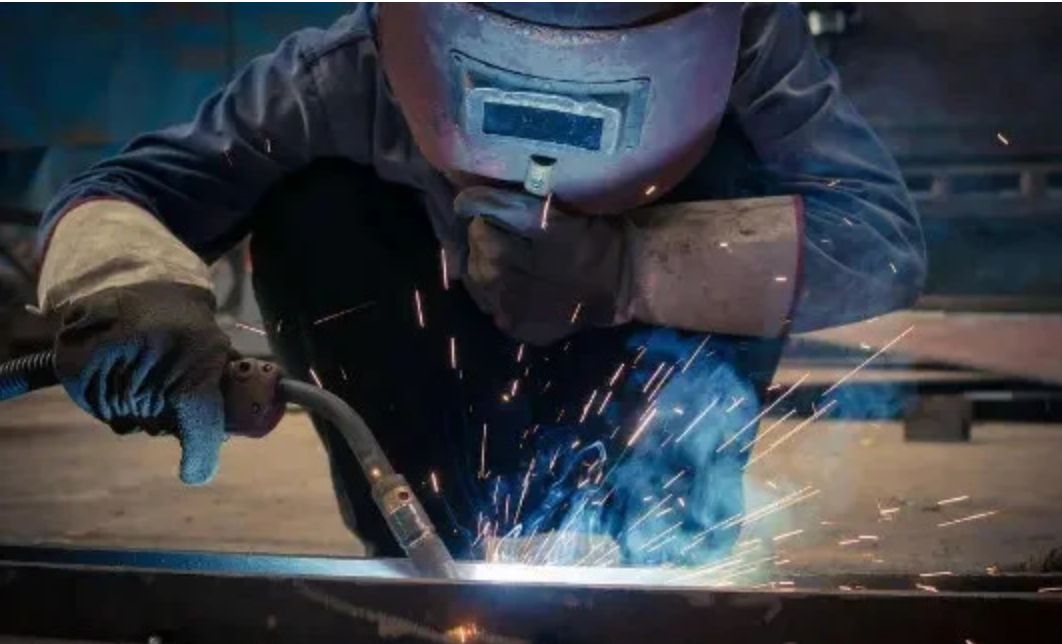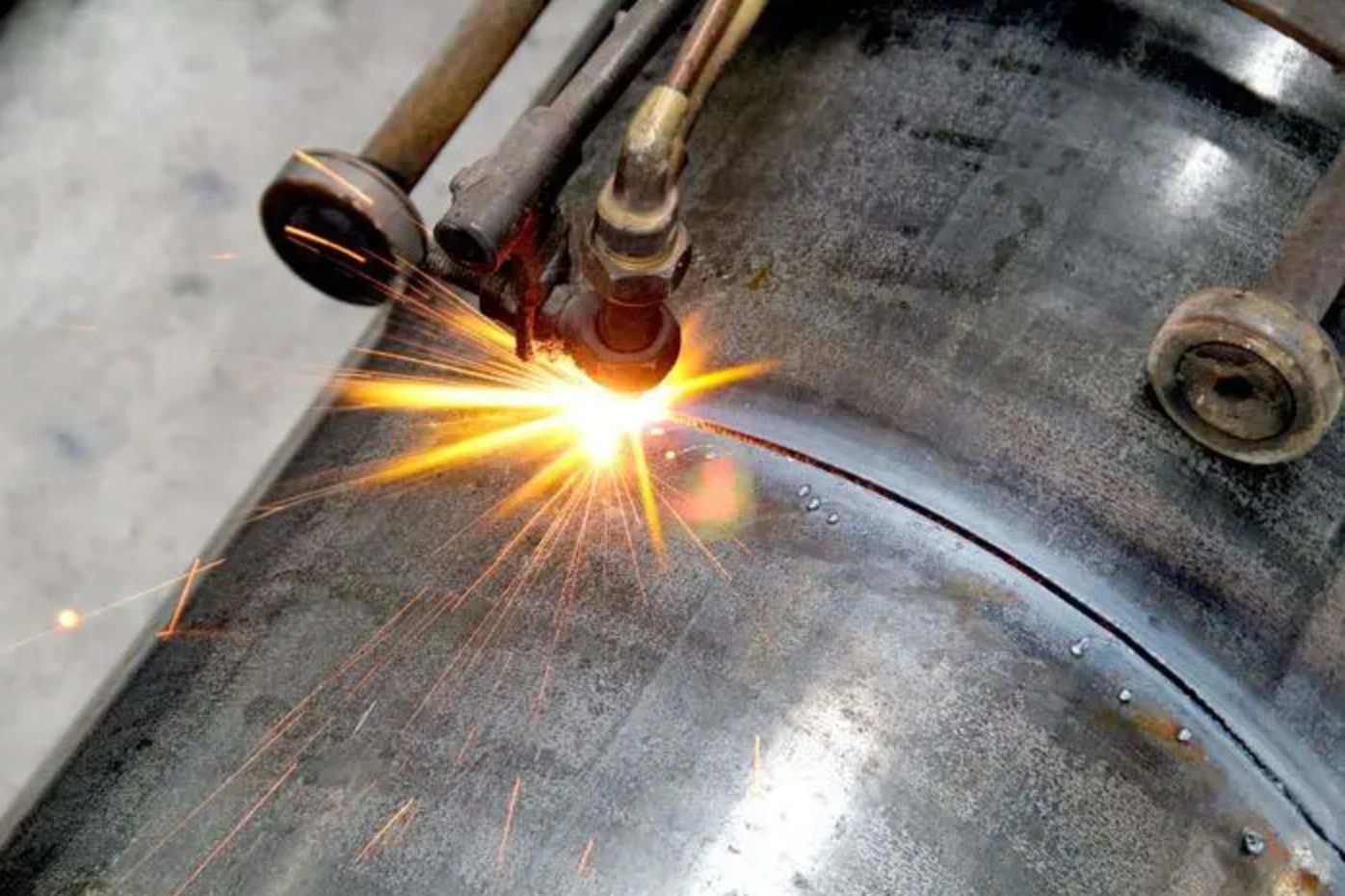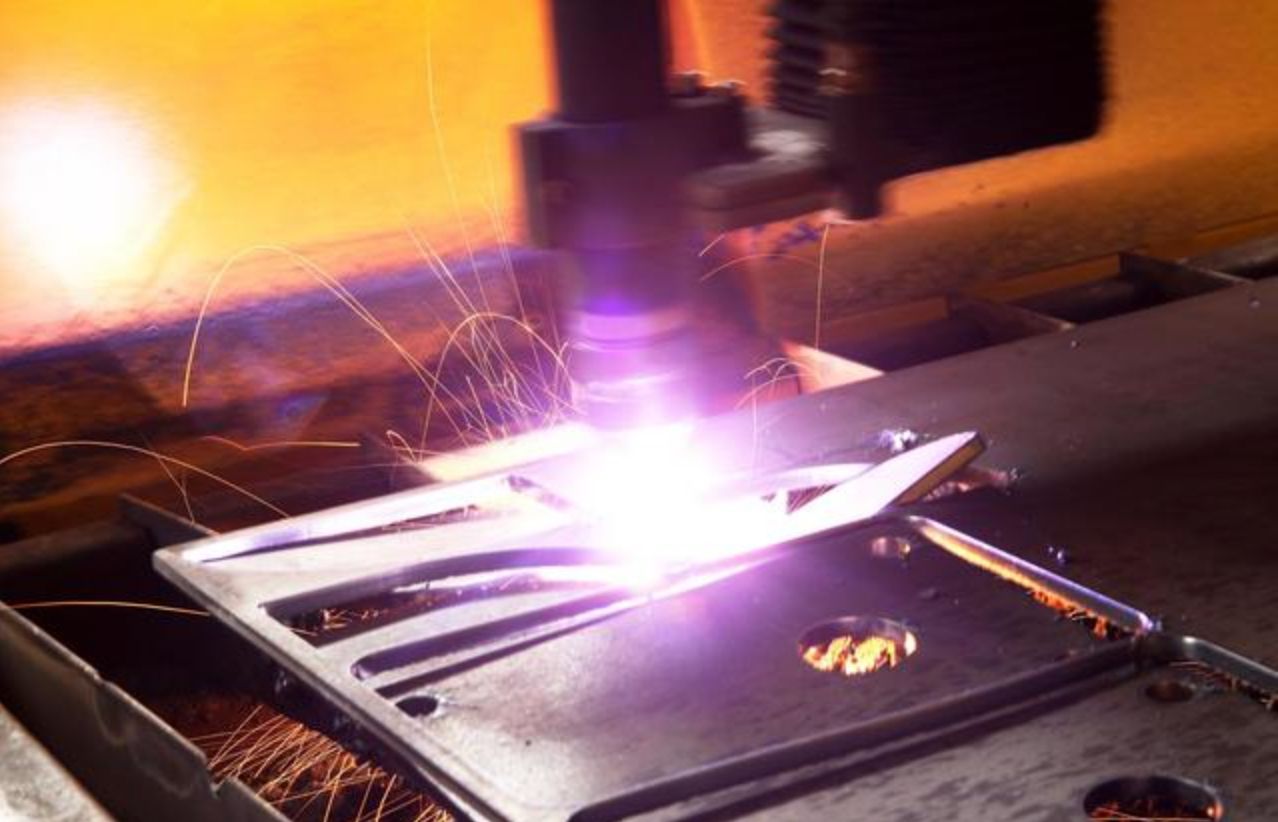With the continuous development of welding processing technology and the market’s higher and higher requirements for welding quality, the birth of laser welding has solved the demand for high-end welding in enterprise production, and also completely changed the welding processing method. Its pollution-free and radiation-free welding method, and high-efficiency and high-quality welding technology, have begun to slowly occupy the market share of welding machines.
Will traditional spot welding be replaced by laser spot welding?
And what’s the difference between the two?
Let’s take a look at the characteristics of the two types of welding:
Generally, the common welding machine is spot welding.
So what is spot welding?
Spot welding: a welding method in which a columnar electrode is used to form a solder spot between the contact surfaces of two tower-connected workpieces during welding.
Resistance welding:
Resistance spot welding is a resistance welding method in which weldments are assembled into lap joints and pressed between two columnar electrodes, and the base metal is melted by resistance heat to form a solder joints. It is connected by a small nugget; forms a solder joint under the condition of high current in a short time; and forms a solder joint under the combined action of heat and mechanical force. Mainly used for welding thin plates, wires, etc.
Laser welding:
Laser welding is an efficient, precise, non-contact, non-polluting, and non-radiative welding method that uses a high-energy-density laser beam as a heat source. Unaffected by magnetic fields (arc welding and electron beam welding are easily disturbed by the magnetic field), and can accurately align weldments. The materials that can be welded will be wider, and even different materials can be welded. No electrodes are required, and there is no concern of electrode contamination or damage. And because it does not belong to the contact welding process, the wear and deformation of the machine tools can be minimized.
To sum up, the overall performance of laser welding will be better than traditional resistance spot welding, it can weld thicker materials, but correspondingly, the price will be much more expensive. Now, spot welding technology is mainly widely used in lithium battery industry, electronic and electrical component processing industry, auto parts processing industry, hardware casting industry, etc. As far as the current overall market demand for welding technology is concerned, the traditional resistance spot welding is already sufficient to meet the production needs of most industries. Therefore, which of the two machines to choose mainly depends on the material of the product to be welded, the level of demand, and of course, the cost budget of the buyer.
The information provided by Styler (“we,” “us” or “our”) on (the “Site”) is for general informational purposes only. All information on the Site is provided in good faith, however, we make no representation or warranty of any kind, express or implied, regarding the accuracy, adequacy, validity, reliability, availability or completeness of any information on the Site. UNDER NO CIRCUMSTANCE SHALL WE HAVE ANY LIABILITY TO YOU FOR ANY LOSS OR DAMAGE OF ANY KIND INCURRED AS A RESULT OF THE USE OF THE SITE OR RELIANCE ON ANY INFORMATION PROVIDED ON THE SITE. YOUR USE OF THE SITE AND YOUR RELIANCE ON ANY INFORMATION ON THE SITE IS SOLELY AT YOUR OWN RISK.
Post time: Apr-26-2023











